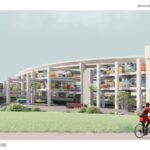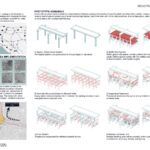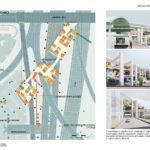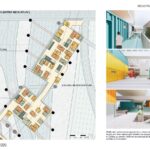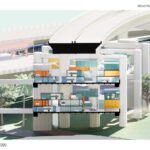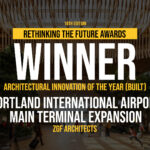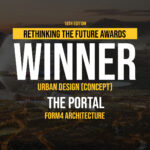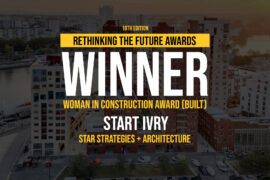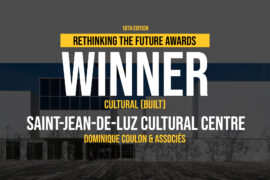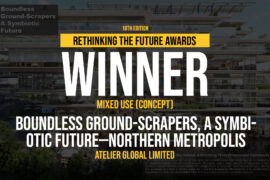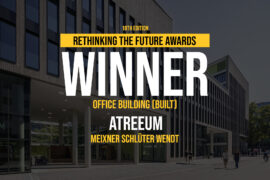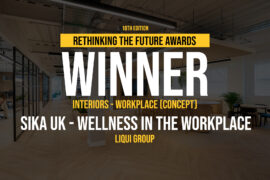The housing crisis is emerging as a global issue in the near future that we cannot simply ignore. It is characterized by a shortage of affordable housing and high prices, especially in the United States. As both rent and home prices keep growing while inflation does not have a sign to stop, the housing crisis emerges to be a significant future challenge, The challenge is driven by insufficient housing construction, high mortgage rates, and increasing demand. While efforts are underway to increase housing supply, solutions are limited, and the challenge persists.
Rethinking The Future Awards 2025
First Award | Architectural Innovation of the Year (Concept)
Project Name: [RE–PRODUCTION]-UNDER HIGHWAY HOUSING
Category: Architectural Innovation of the Year (Concept)
Studio Name: J&L Studio
Design Team: Chuan Liu, Sijie Ji
Area: 3.5 Acres
Year: 2024.05
Location: South Central, Los Angeles
Consultants:
Photography Credits:
Render Credits: Chuan Liu, Sijie Ji
Other Credits:
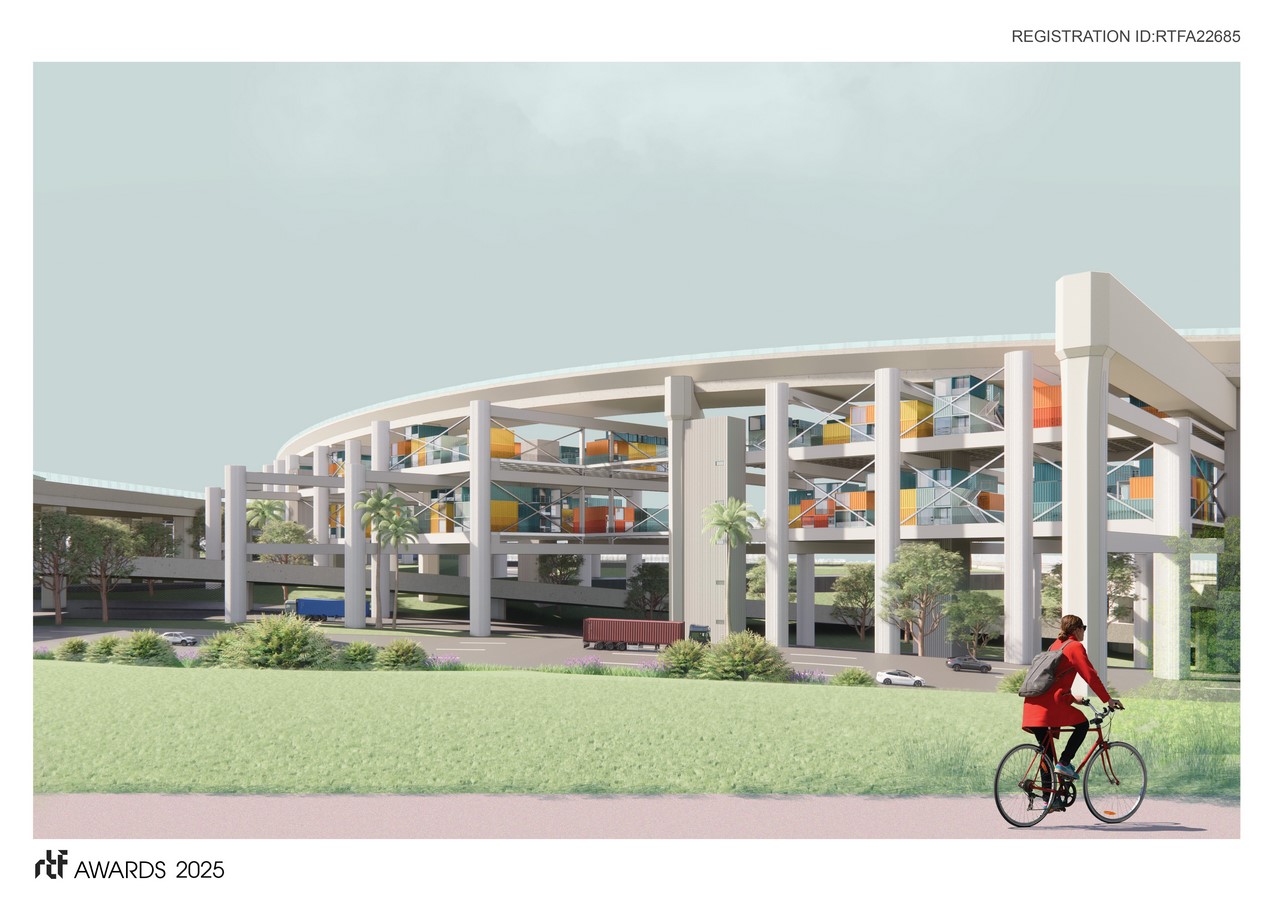
To reflect the challenge in our design, a prototype is introduced to address the driving factors in the long run. Firstly, the prototype is trying to rethink the value of land. Insufficient vacant urban lots and high mortgage rates make conventional housing development extremely difficult. Considering that, the design would like to utilize urban enclaves to assign undeveloped areas great value. As commonly seen urban leftovers, under-bridge spaces would be utilized to interpolate the prototype. The ideal sites could take place among bridge intersections, or they could be located underneath a suspended freeway.
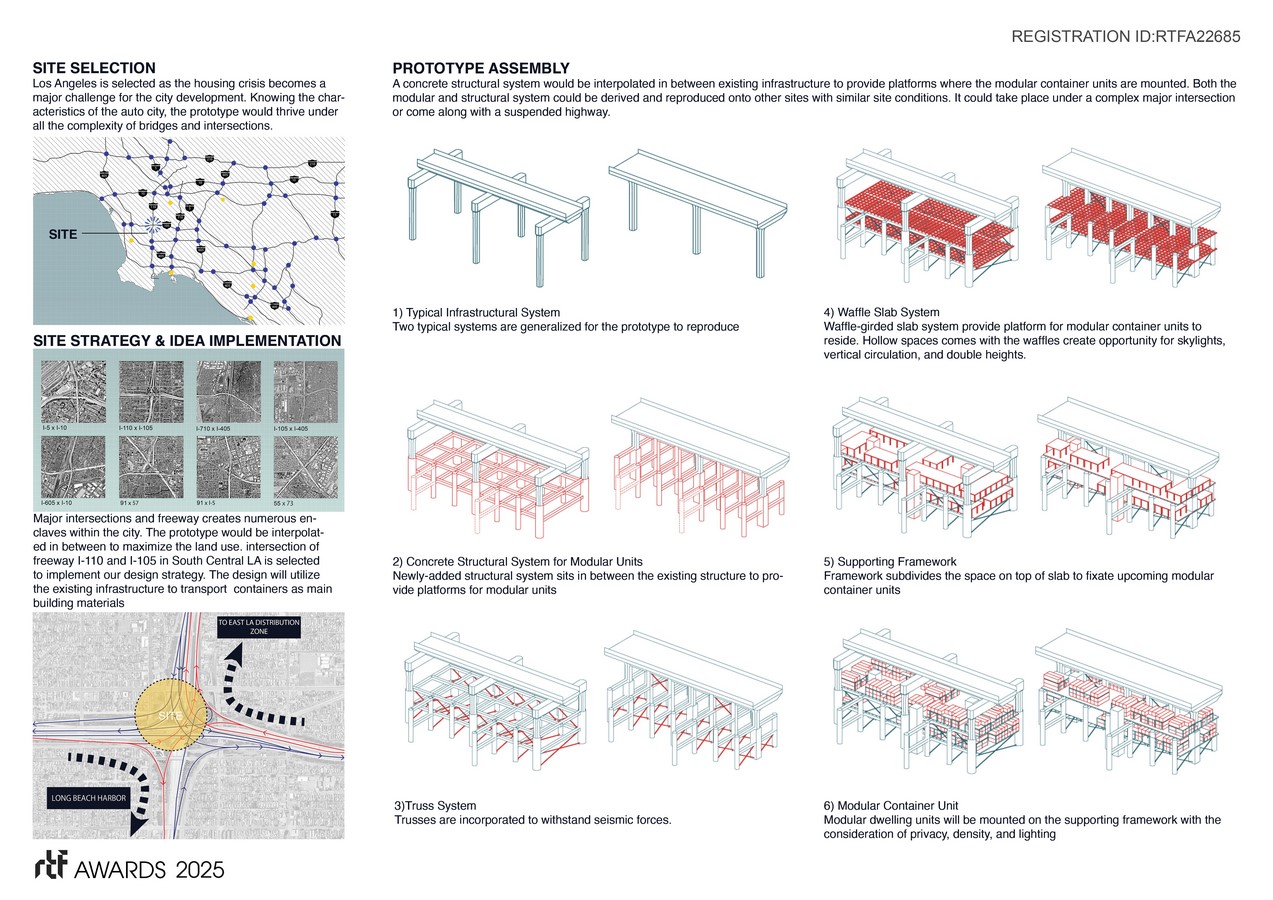
Secondly, the prototype would rethink the value of containers by transforming them into a series of standard unit types. The process would minimize the labor and new materials involved to cut down the construction cost. The new unit containers would be mounted onto a concrete structural system that integrates into the existing infrastructure. The prototype aims to maximize land use by strategically introducing a stack of unit containers to respond to the increasing demand. The prototype would provide affordable units for low-income renters as well as residents who are struggling with the housing crisis.
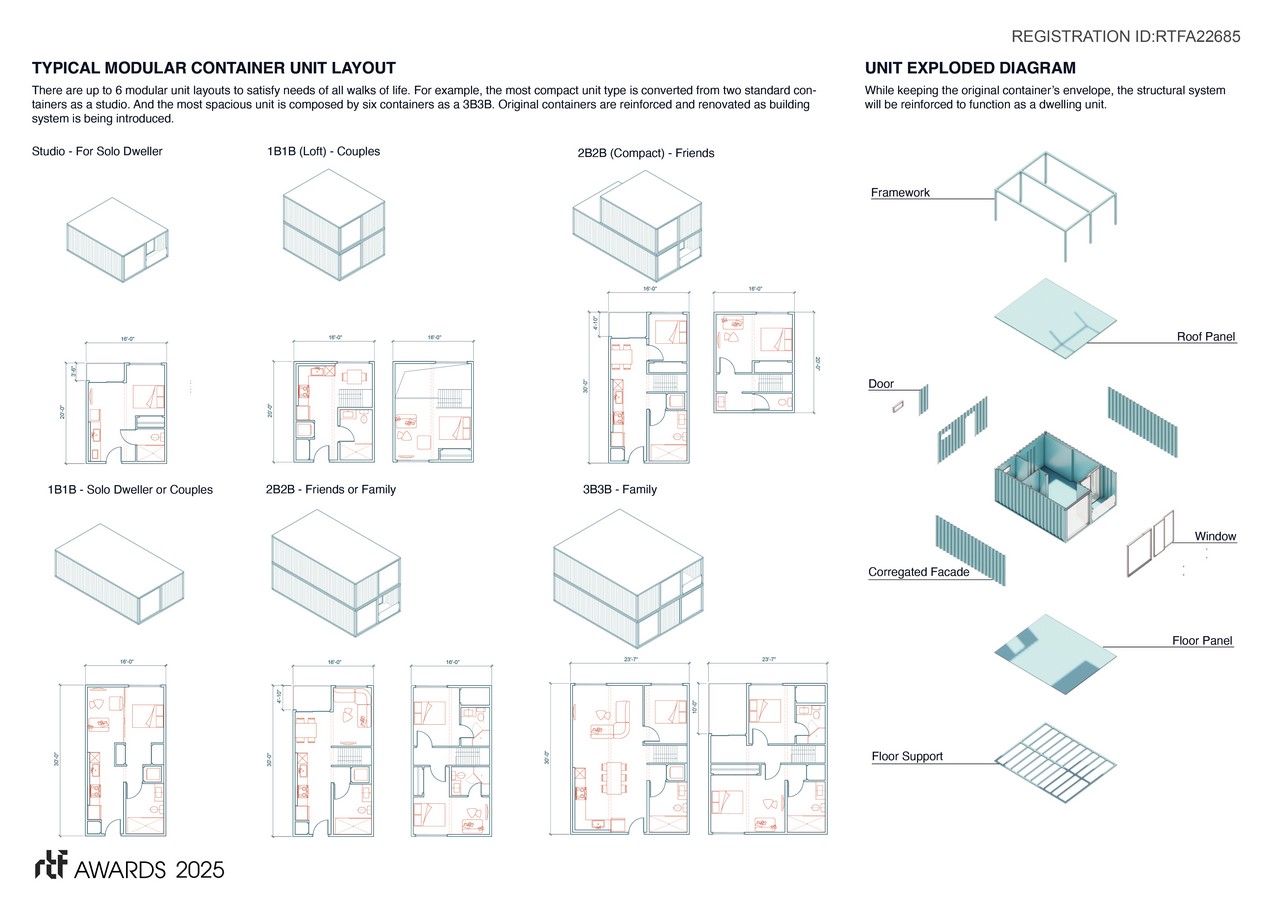
Lastly, the prototype inherits a replicable feature that allows it to apply to every underground space with similar conditions. To achieve constructability and reproductivity, the prototype would raise speculation on current codes and regulations. AHJ would like to revise its regulation to accommodate the future scenarios that give way to the new design standard to implement the prototype statewide.
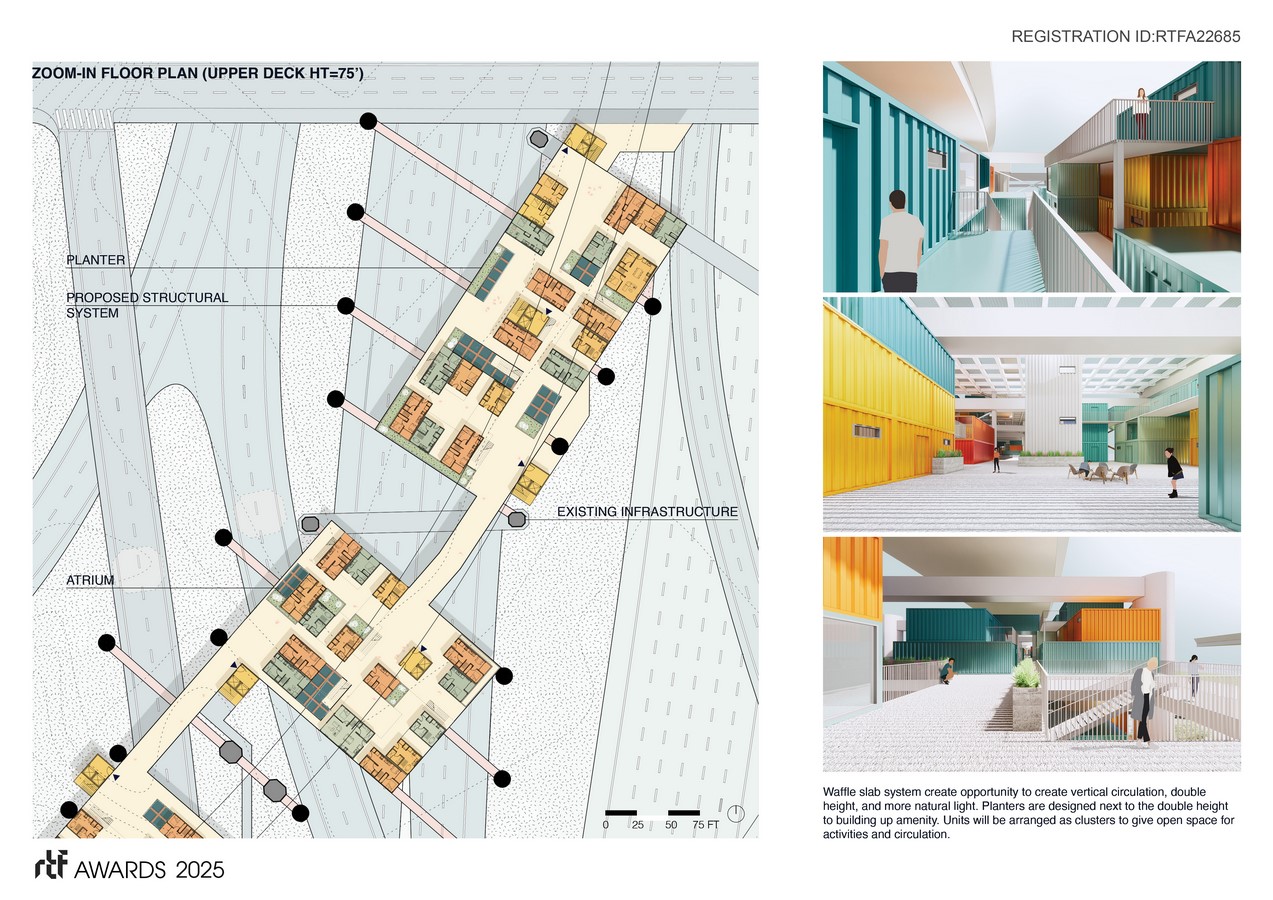
To demonstrate our idea, the intersection of freeway I-110 and I-105 in Los Angeles is selected since the housing crisis is becoming a major challenge for the city’s development. Knowing the characteristics of the auto city, the prototype would thrive under the complexity of bridges and intersections. It would provide a remarkable number of housing to ameliorate the upcoming housing shortage. With a site-oriented interpolated structural system, the prototype would fit anywhere that fits.
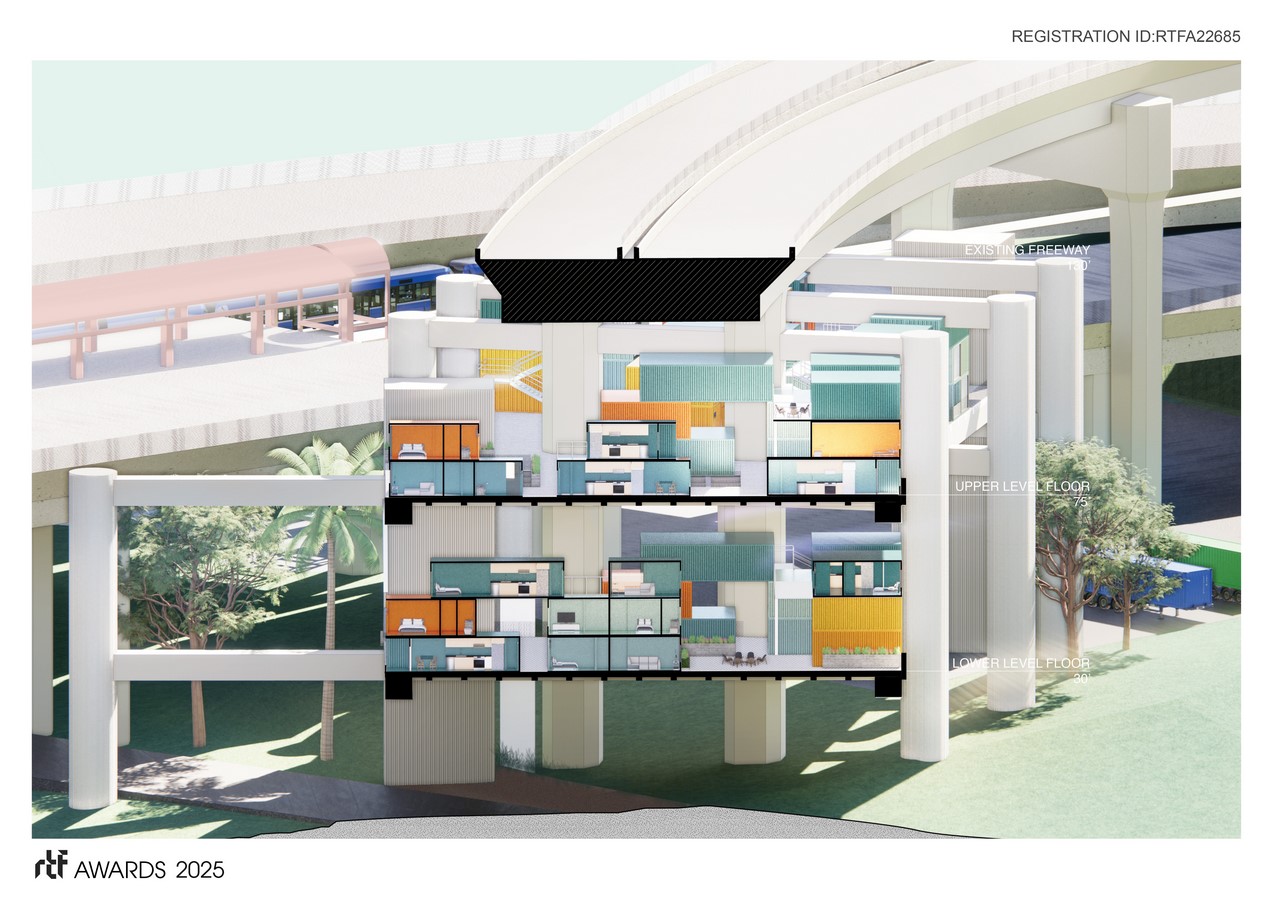
In short, “Reproduction” encapsulates our design belief by rethinking future land value, design standards, and public demand. The prototype would be able to respond to the challenge, sustain, and reproduce.

![[RE-PRODUCTION]-UNDER HIGHWAY HOUSING | J&L Studio](https://awards.re-thinkingthefuture.com/wp-content/uploads/2025/05/Cover_Data-Set-2-copy-770x515.jpg)
